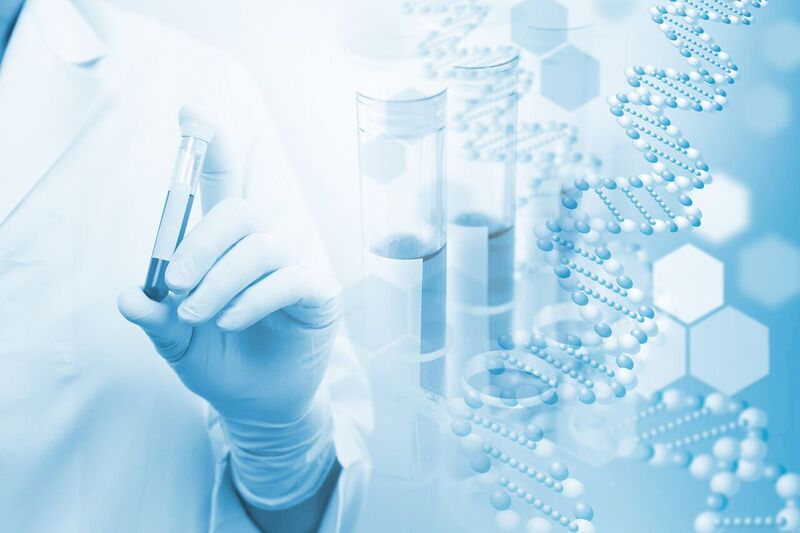
In the high-stakes branch of medicine occupied by pathologists, AI tools may soon offer diagnoses—and treatment recommendations—that are close to infallible, and unlike diagnoses by humans, they’ll be done in a matter of seconds.
So wrote science writer Elie Dolgin, recently, in an article that explored the pathology lab as the “first frontier” for medical AI.
“Lately, dazzlingly high success rates for AI-based systems in recognizing the presence of certain specific illnesses have prompted speculation that such tools will replace doctors,” Dolgin noted, but the developments in pathology show us a more likely outcome: that machines will make the ever-increasing complexity of modern medicine manageable for human beings.”
Indeed, he suggests the human-machine combination will outperform what either could do individually, with the improvements first coming in slow, small bites, but steadily picking up in both scale and pace.
“The promise of machine learning is to augment what a pathologist can do alone,” observed Ulysses Balis, director of the division of informatics at the University of Michigan’s pathology department and chief strategy officer of a digital pathology company called Inspirata. “These technologies allow the profession to scale with increased demand.”
As Dolgin sees it, the era of AI medicine has clearly begun. “Over the past year,” he said, “a raft of diagnostic tools powered by machine-learning algorithms have entered the clinical marketplace, making it easier to spot wrist fractures, diabetic eye disease, and signs of stroke with little or no human input.”
In his view, however, “these early applications are merely automating tasks otherwise performed by expert diagnosticians, and they’re typically just interpreting imagery, such as X-rays and CT scans. The software may offer a slight edge over a trained specialist in analytic precision and accuracy, and it’s almost always faster. Yet the technology hasn’t radically expanded what’s diagnostically possible today.”
But big change is coming, and sooner than many think. In 2019, several companies will ask the U.S. Food and Drug Administration to authorize the first AI-backed tools for pathology. “Unlike fields such as radiology and ophthalmology, in which diagnoses are typically limited to the visual realm, diagnoses in pathology can incorporate the tools of biochemistry, immunology, and genetics, adding molecular detail to images of thinly sliced and stained tissue specimens.
Combining all that data enables AI to draw diagnostic inferences that would be impossible for the world’s best clinicians.”
For example, software giants such as Google and IBM, medical-device manufacturers (including Philips and Leica Biosystems), and dozens of startups are developing pattern-recognition algorithms to help pathologists spot cancerous cells or other diseased cells using digitized imagery of tissue on glass slides.
Moreover, currently “fewer than 2 percent of today’s medical graduates elect to go into pathology; smart software could alleviate the global shortage and lighten the workload on overburdened experts.”
As ever with AI, there are those who worry that machines may replace humans in the pathology lab, but Dolgin cites an array of experts who point out that “finding the best treatment for a sick patient requires synthesizing many types of clinical information, including cell stains, protein annotations, genetic profiles, and electronic health records. Careful judgment is required to put all the information together and come to a definitive diagnosis and treatment plan. That synthesis is where human pathologists show their worth.”


